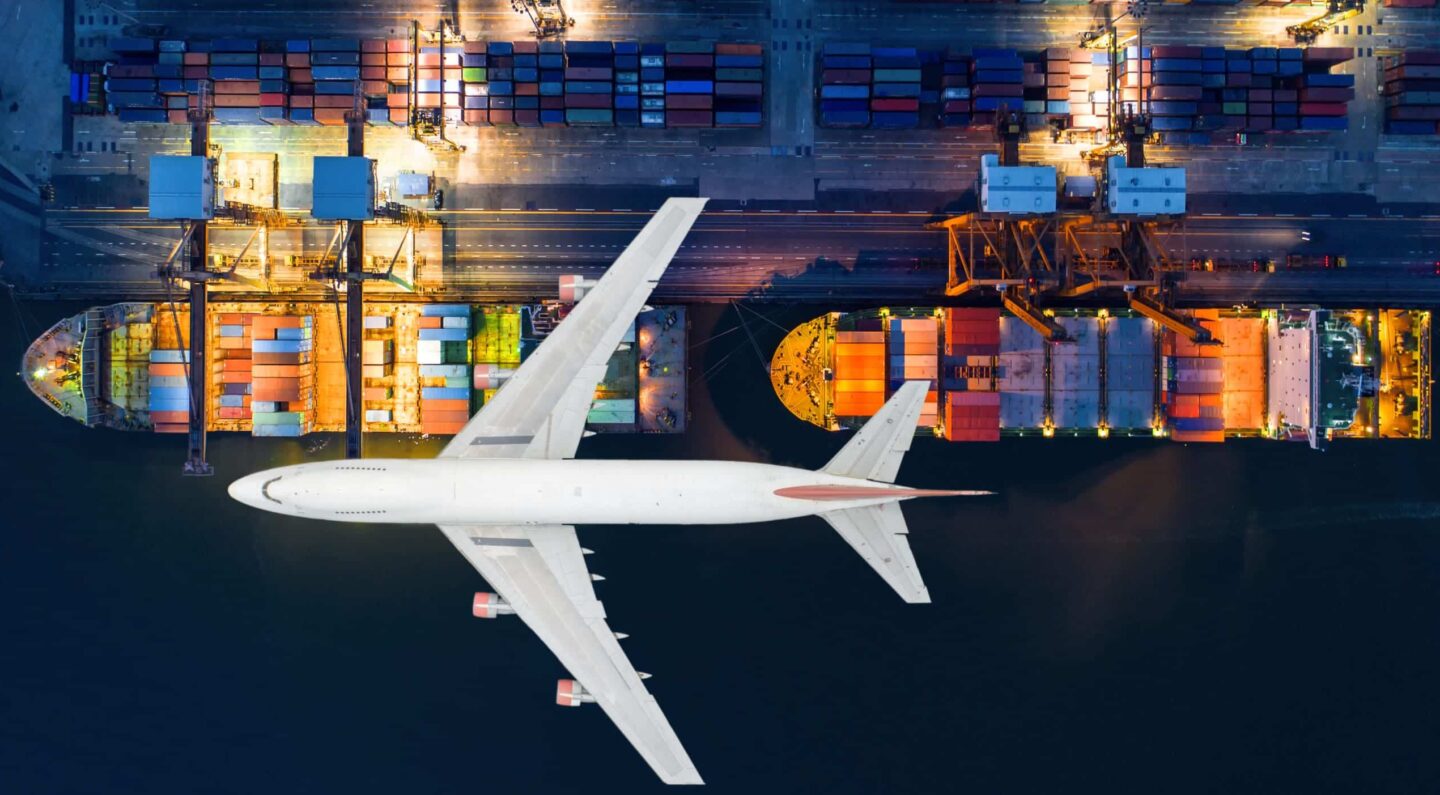 Urbanization is one of the most significant global trends of the 21st century. With more people moving to cities in search of better opportunities, education, and healthcare, the urban landscape is rapidly expanding. According to estimates, by 2050, nearly 70% of the world’s population will live in urban areas. While this shift represents tremendous opportunities for Transportation Management System development, social growth, and innovation, it also comes with a host of challenges, and none is more pressing than congestion. As cities grow, so do the number of vehicles on the road, leading to overcrowded streets, longer commute times, and an increase in air pollution. The transportation infrastructure of many cities, built to accommodate populations far smaller than those of today, is often unable to keep up with the rapid pace of urban growth. Tackling congestion in growing cities is no longer a matter of simply building more roads—it’s about rethinking the way we design, manage, and interact with transportation networks.
Urbanization is one of the most significant global trends of the 21st century. With more people moving to cities in search of better opportunities, education, and healthcare, the urban landscape is rapidly expanding. According to estimates, by 2050, nearly 70% of the world’s population will live in urban areas. While this shift represents tremendous opportunities for Transportation Management System development, social growth, and innovation, it also comes with a host of challenges, and none is more pressing than congestion. As cities grow, so do the number of vehicles on the road, leading to overcrowded streets, longer commute times, and an increase in air pollution. The transportation infrastructure of many cities, built to accommodate populations far smaller than those of today, is often unable to keep up with the rapid pace of urban growth. Tackling congestion in growing cities is no longer a matter of simply building more roads—it’s about rethinking the way we design, manage, and interact with transportation networks.
Congestion has long been a problem in major metropolitan areas, but as cities continue to expand, the issue is intensifying. In many parts of the world, roads are clogged with cars during peak hours, with commuters spending hours each week stuck in traffic. This not only results in lost time but also contributes significantly to environmental degradation. Emissions from idling vehicles, coupled with increased fuel consumption due to traffic bottlenecks, exacerbate the effects of climate change and diminish air quality. According to various studies, the economic cost of congestion—due to wasted time, fuel, and productivity—is enormous, amounting to billions of dollars annually in some of the world’s largest cities. In developing nations, the strain on infrastructure can be even more severe, as roads become overcrowded with informal transport networks, creating a chaotic and inefficient system.
One of the key reasons for congestion in rapidly growing cities is the mismatch between urban sprawl and the available transportation infrastructure. Many cities were not originally designed to accommodate the current levels of population density and traffic. Urban planning, in many cases, has failed to integrate transportation networks with the growth of housing, business districts, and industrial areas. As a result, transportation solutions often remain fragmented, with limited options for efficient movement across urban spaces. Additionally, the rise of car ownership, particularly in middle-income countries, has exacerbated the problem. With public transportation systems often underfunded or inefficient, private car use has become the default mode of transport for many city dwellers. This increased reliance on cars, combined with limited road space and poor public transit options, creates a perfect storm for congestion.
To effectively address these challenges, city planners and policymakers must embrace a more holistic approach to transportation management. The solution to congestion isn’t merely expanding roads or adding more lanes; it involves creating smarter, more sustainable transportation systems. One of the most significant developments in tackling urban congestion is the expansion of public transportation systems. Cities around the world are investing in metro systems, light rail, buses, and commuter trains to provide residents with efficient alternatives to driving. Public transport not only reduces the number of vehicles on the road but also promotes greater mobility for all citizens, particularly those who cannot afford to own a car. Well-designed, efficient public transit systems, when integrated with other modes of transportation, such as cycling and walking, can create a seamless urban mobility network that is both affordable and sustainable.
However, simply building more public transport infrastructure is not enough. To truly address congestion, cities need to ensure that their transportation systems are accessible, reliable, and connected. In many rapidly growing cities, public transit options may be limited to specific areas, leaving residents in outer suburbs or less densely populated neighborhoods with few alternatives. To tackle this, cities are adopting strategies like transit-oriented development (TOD), where new housing, businesses, and services are built around transportation hubs to encourage greater use of public transport. By focusing on developing areas that are well-served by transit and creating mixed-use neighborhoods, cities can reduce the need for long commutes and car dependence, alleviating congestion in the process.
Another strategy gaining traction is the implementation of congestion pricing. Cities like London, Singapore, and New York have experimented with charging fees to vehicles entering congested urban areas during peak hours. The idea behind congestion pricing is that it discourages unnecessary car use and encourages people to rely on public transportation or other more sustainable modes of travel. The revenue generated from these fees can then be reinvested into public transportation infrastructure or used to maintain and improve roadways. By reducing the number of vehicles on the road, congestion pricing can significantly reduce traffic congestion while providing a financial incentive for drivers to consider alternatives.
In addition to improving public transportation and implementing congestion pricing, cities are increasingly adopting technology to help manage traffic flow and reduce congestion. Intelligent traffic management systems, powered by artificial intelligence (AI) and big data, can monitor real-time traffic patterns, predict congestion, and adjust traffic signals to optimize flow. For example, cities are using AI algorithms to create adaptive traffic signals that change in response to the number of vehicles on the road, ensuring smoother traffic flow and reducing bottlenecks. In some cities, smartphone apps and navigation tools like Google Maps or Waze are being integrated with these systems, helping drivers navigate around traffic and avoid the worst congestion. These smart systems can also be used to manage parking more efficiently, reducing the time spent searching for a parking space, which is often a significant contributor to urban congestion.
Beyond technology and infrastructure, cities are also encouraging behavioral changes to reduce reliance on cars. The concept of “shared mobility” has gained popularity in many urban areas, where services like ride-hailing, car-sharing, and bike-sharing provide convenient alternatives to car ownership. By promoting shared mobility, cities can reduce the overall number of vehicles on the road, especially during peak commuting hours. Additionally, many cities are making significant investments in cycling infrastructure, providing dedicated bike lanes, bike-sharing programs, and safe storage facilities to encourage residents to opt for cycling over driving. This not only helps reduce congestion but also promotes healthier, more sustainable lifestyles. Walking, too, is being recognized as a viable mode of transportation for short trips, and many cities are designing pedestrian-friendly streetscapes to make walking safer and more enjoyable.
One of the most promising developments in addressing urban congestion is the concept of “mobility as a service” (MaaS). MaaS combines various transportation services—public transit, ride-sharing, bike-sharing, car rentals, and more—into a single, user-friendly platform. Through a mobile app, residents can plan and pay for their entire journey across different modes of transport, making it easier to switch between options and find the most efficient routes. By providing people with a greater variety of transportation choices and enabling more efficient use of resources, MaaS can help reduce the need for private car ownership and decrease the number of cars on the road.
As cities continue to grow and the challenges of congestion worsen, the role of smart urban planning and technological innovation will be key to creating more sustainable and livable urban environments. However, the path to reducing congestion will require a shift in how we think about transportation. It’s not just about building new roads or expanding existing ones; it’s about creating more efficient, equitable, and sustainable systems that prioritize people over cars. Through the adoption of smarter infrastructure, improved public transit, technology, and changes in behavior, cities can begin to reduce congestion, improving both quality of life for residents and the overall health of the planet.
In conclusion, the challenge of tackling congestion in growing cities is multifaceted and requires a comprehensive approach. While the problem is complex, solutions are increasingly within reach. By integrating smarter transportation systems, promoting shared mobility, and designing cities that encourage walking and cycling, we can create a future where cities are less congested, more sustainable, and more livable. It’s not just about moving people from point A to point B—it’s about creating cities that work for everyone, where mobility is efficient, equitable, and environmentally friendly.

 Urbanization is one of the most significant global trends of the 21st century. With more people moving to cities in search of better opportunities, education, and healthcare, the urban landscape is rapidly expanding. According to estimates, by 2050, nearly 70% of the world’s population will live in urban areas. While this shift represents tremendous opportunities for
Urbanization is one of the most significant global trends of the 21st century. With more people moving to cities in search of better opportunities, education, and healthcare, the urban landscape is rapidly expanding. According to estimates, by 2050, nearly 70% of the world’s population will live in urban areas. While this shift represents tremendous opportunities for 